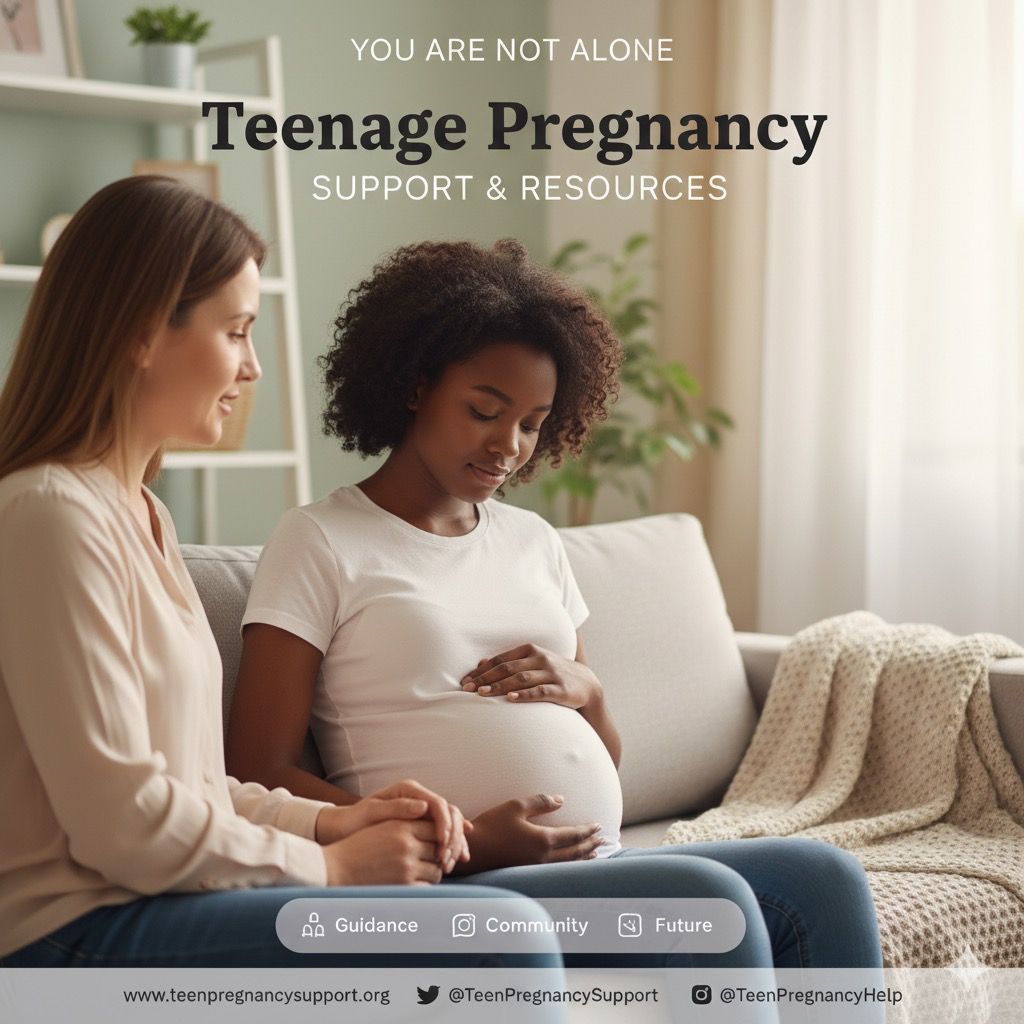1. Introduction 2. Current Statistics in Ghana
1. Introduction
- Definition: What is teenage pregnancy (commonly pregnancy in girls aged 10-19).
- Relevance: Why it is a critical issue in Ghana (health, social, educational, economic impacts).
2. Current Statistics in Ghana
- Approximately 15.2% of female adolescents (15-19 years) in Ghana have ever been pregnant.
- In 2020 alone, 109,888 teenage pregnancies were recorded; out of those, 2,865 involved girls aged 10-14.
- Over the period 2016-2020, a total of 555,575 teenage pregnancies were reported.
- Regional disparities:
- Savannah Region: ~26% of adolescent women (15-19) have ever been pregnant.
- Greater Accra: much lower rates (around 6-10%) in the same age group
- A 2025 report from the Upper East Region revealed 2,436 teenage pregnancies between January and May. Among these, 25 involved girls aged 10 to 14; the rest (2,411) were girls aged 15 to 19.
In Akatsi South (Volta Region), 2024 saw 339 teenage pregnancies, including 5 cases in girls aged 10-14, and 334 in ages 15-19.
The Akatsi North District recorded a drop in teenage pregnancy rates, from 12.49% in 2021 to 7.79% in 2024, thanks to community-led interventions.
According to Ghana Statistical Service (GDHS 2022), 19% of female teenagers aged 15-19 have ever been pregnant; this includes current pregnancies as well as previous ones.
These numbers show that while there is variation across regions, teenage pregnancy remains a serious concern nationwide.
Causes / Risk Factors
From recent studies and case reports, several factors are repeatedly identified:
Lack of use (or refusal to use) contraception, especially condoms. A GHS behavioral insights study showed that nearly 70% of adolescent pregnancies are related to refusal to use condoms.
Poverty: Lack of material resources contributes to risk-taking, transactional sex, or early sexual activity.
Low access to sexual and reproductive health information: Many girls do not have accurate or comprehensive education about their bodies, menstrual cycles, or protection. Misinformation among peers is common.
Cultural norms and peer pressure: In some areas, expectations, norms, and pressures encourage early sexual relationships.
Early marriage or defilement / sexual abuse: Teenage pregnancy is sometimes the result of forced or coerced sexual activity. - Effects / Consequences
Teenage pregnancy carries both immediate and long-term consequences, including:
Health risks: Younger mothers are more vulnerable to complications during pregnancy.
Economic challenges: Reduced ability to earn, increased dependency, and higher risk of poverty.
Psycho-social impact / stigma: Shame, social isolation, mental health struggles.
Inter-generational effects: Children born to teenage mothers are more likely to experience poor health, educational disadvantages, and lower social mobility.
Case Study: Success and Challenges
Bawku West District (Upper East Region)
Between 2022 and 2023, teenage pregnancies in Bawku West dropped significantly from 32 to 8 cases.
The reduction is attributed to interventions by NGOs (like Haven of Love Children Foundation), sexual and reproductive health education in basic schools, and mentoring programmes involving both parents and adolescents.
Akaa and Atonkor Communities (Oti Region)
The IPADEV Project implemented by Plan International Ghana successfully reversed alarming numbers of teenage pregnancies in these rural communities. Before the intervention, these communities recorded shocking cases (including a 7-year-old miscarriage, a 10-year-old birth). For the past two years, no teenage pregnancies have been recorded there.
Key components of the project: adolescent peer educators, safe learning spaces, improved menstrual hygiene facilities, community involvement.
Prevention & What Works
Based on successes and current research, the following strategies are effective or promising:
Comprehensive sexual and reproductive health education in schools and communities. Accurate information helps girls and boys make informed decisions.
Access to contraception and adolescent-friendly health services, with confidentiality and affordability.
Targeted community-based programmes: mentorship, peer educators, safe spaces where young people can ask questions without shame.
Engaging parents, traditional leaders, religious leaders to shift norms, improve communication, and provide support.
Socioeconomic support: poverty alleviation programs, scholarships, support for girls to stay in school.
Behavioral interventions: Studies show that refusal to use condoms is a major factor; interventions to change attitudes, normalize safe practices can help.
Strong data collection and monitoring, to track trends, target interventions, and measure progress.
What Can Be Done Now?
Increase investment in programmes like IPADEV, Haven of Love, which have shown positive results.
Expand access to sexual health services for adolescents, especially in rural and high-risk zones.
Policies that protect the rights of pregnant teens to continue schooling.
Media campaigns to address cultural taboos, misinformation, and promote positive behavior change.
Multi-stakeholder collaboration: health service providers, education sector, NGOs, youth groups, community leaders.
Final Thoughts
Teenage pregnancy in Ghana remains a multifaceted challenge with serious health, social, and economic implications. Yet, recent successes in districts and rural communities show that change is possible. With targeted interventions, community collaboration, and investments in education and health services, Ghana can continue to reduce teenage pregnancies and support young girls in fulfilling their potential.
